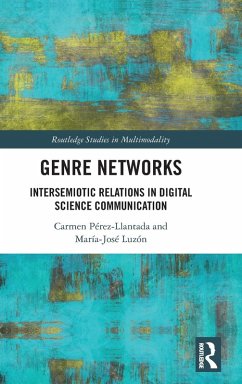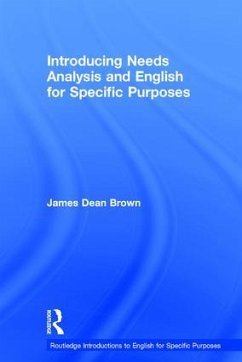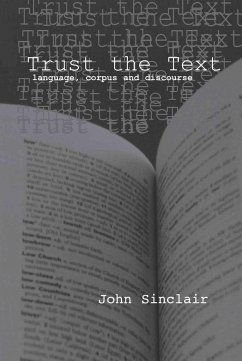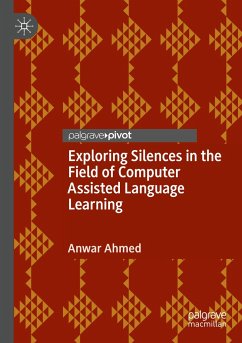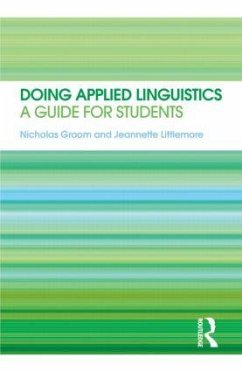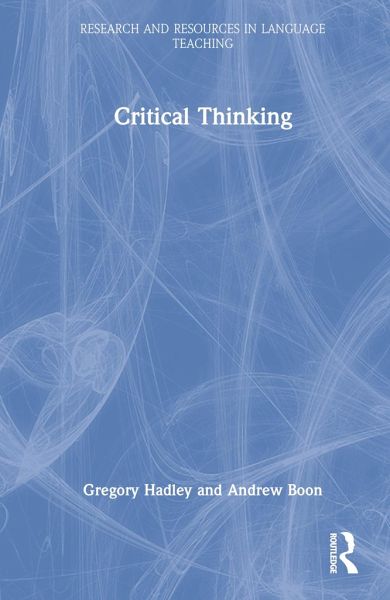
Critical Thinking
Versandkostenfrei!
Versandfertig in 1-2 Wochen
150,99 €
inkl. MwSt.
Weitere Ausgaben:

PAYBACK Punkte
75 °P sammeln!
Critical Thinking provides language teachers with a dynamic framework for encouraging critical thinking skills in explicit, systematic ways during their lessons. With the proliferation of fallacious arguments, "fake news," and untrustworthy sources in today's multimedia landscape, critical thinking skills are vital not only in one's native language, but also when engaged in the task of language learning. Written with the language teacher in mind, this book provides a springboard for teaching critical thinking skills in multicultural, multilingual classrooms. Suitable for graduate students, in-...
Critical Thinking provides language teachers with a dynamic framework for encouraging critical thinking skills in explicit, systematic ways during their lessons. With the proliferation of fallacious arguments, "fake news," and untrustworthy sources in today's multimedia landscape, critical thinking skills are vital not only in one's native language, but also when engaged in the task of language learning. Written with the language teacher in mind, this book provides a springboard for teaching critical thinking skills in multicultural, multilingual classrooms. Suitable for graduate students, in-training teachers, and language curriculum developers interested in purposeful applications of critical thinking pedagogy for the second-language classroom, this volume presents classroom activities, suggestions for lesson planning, and ideas for researching the impact of critical thinking activities with second-language learners. This book is ideal as an invaluable resource for teacher-directed classroom investigations as well as graduate dissertation projects.






